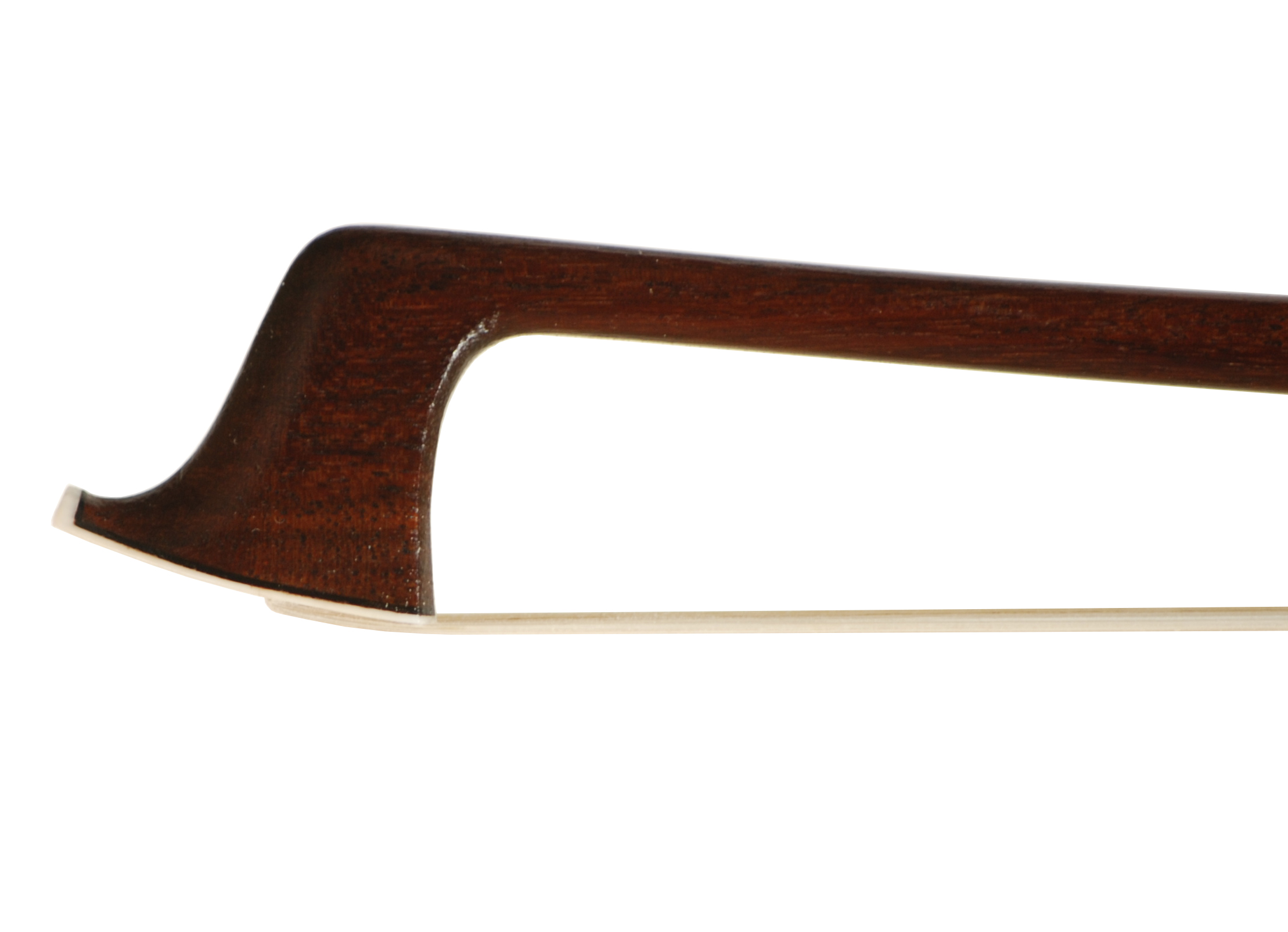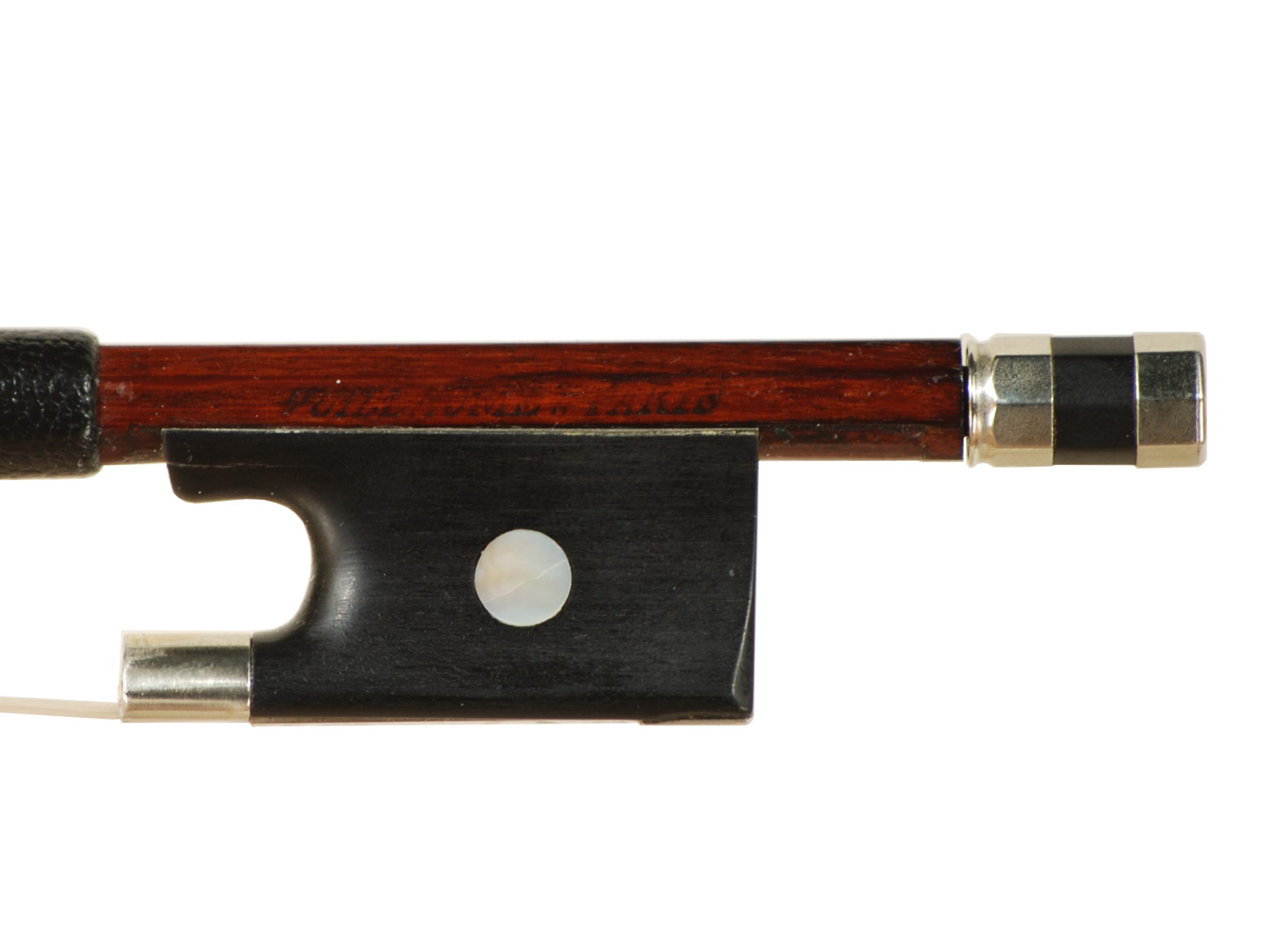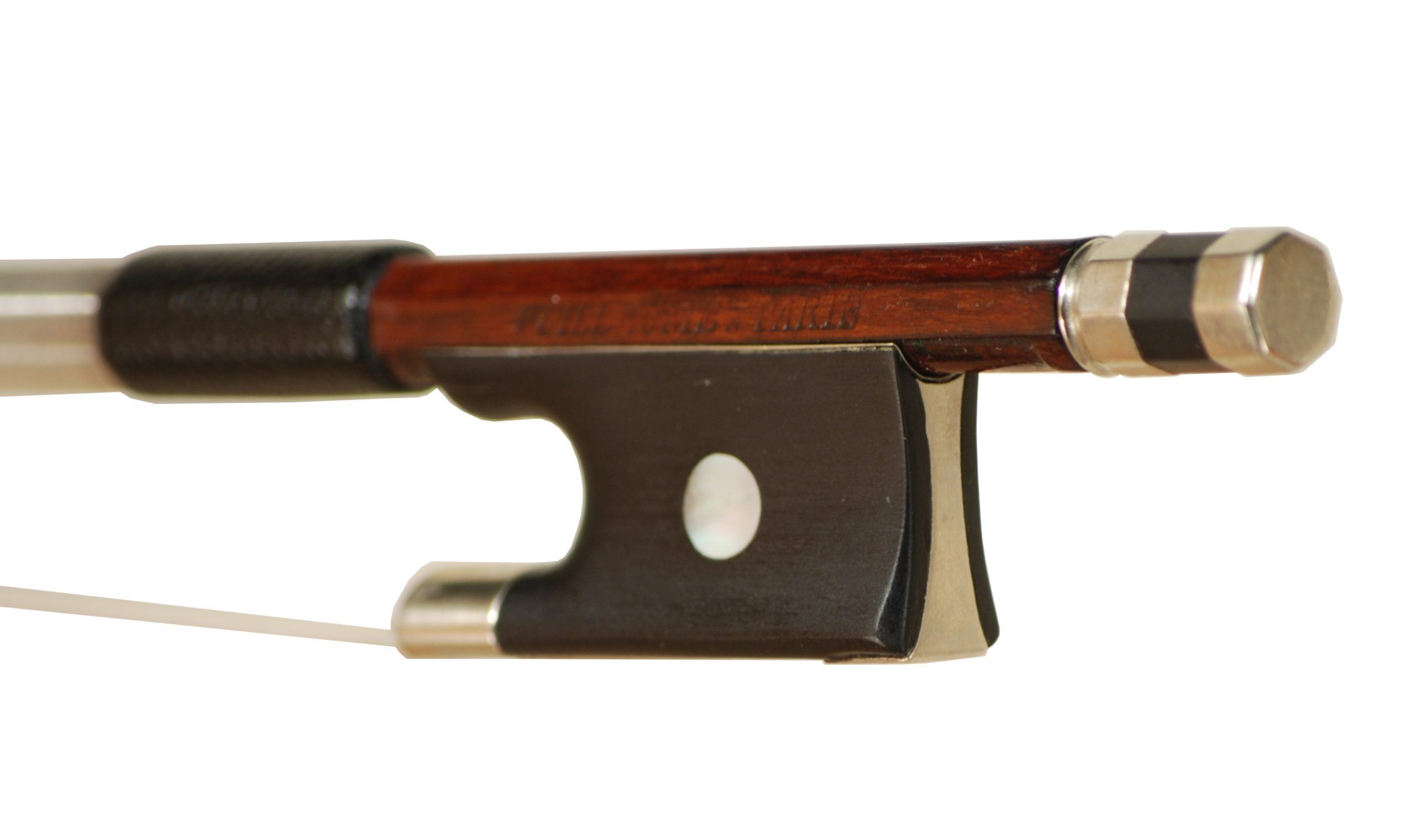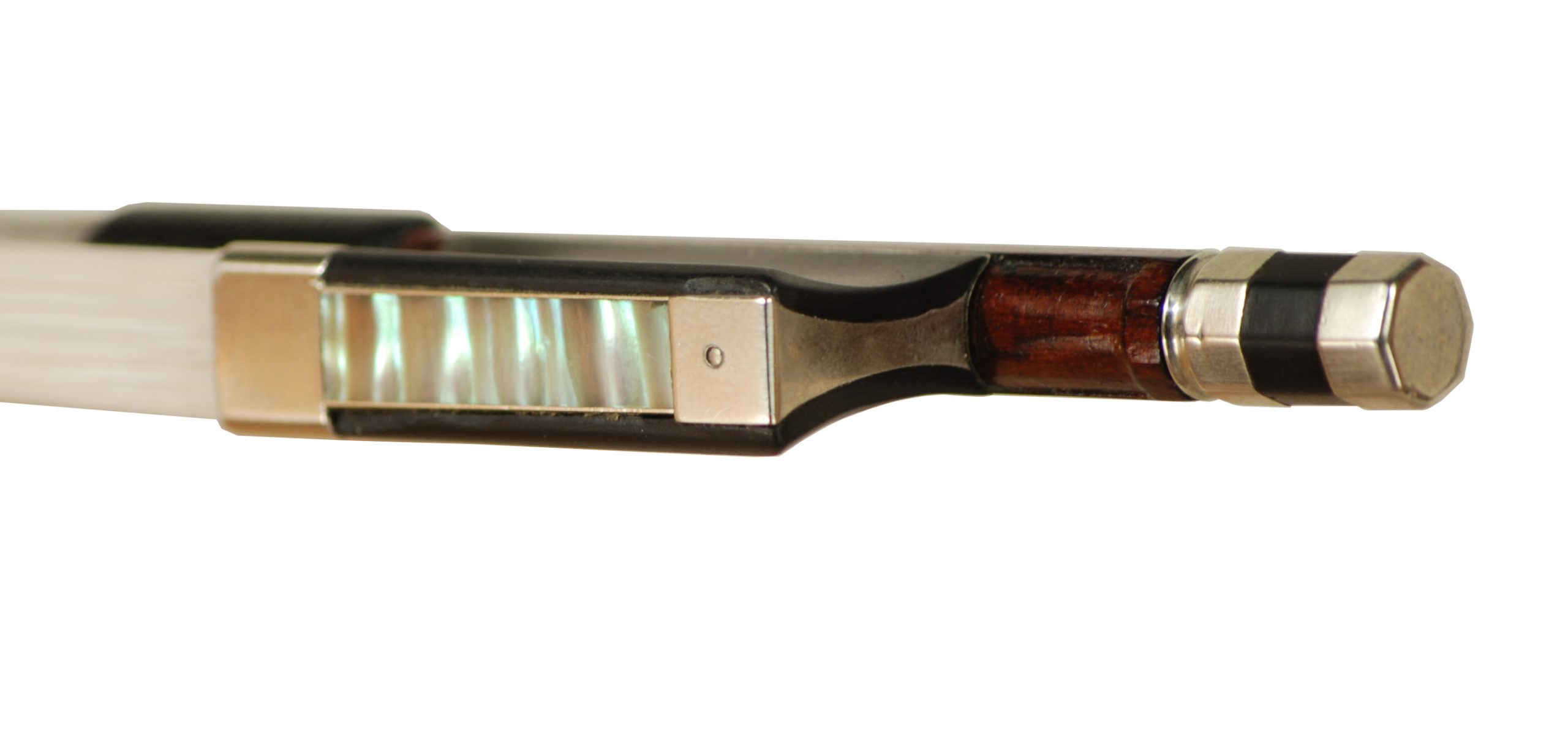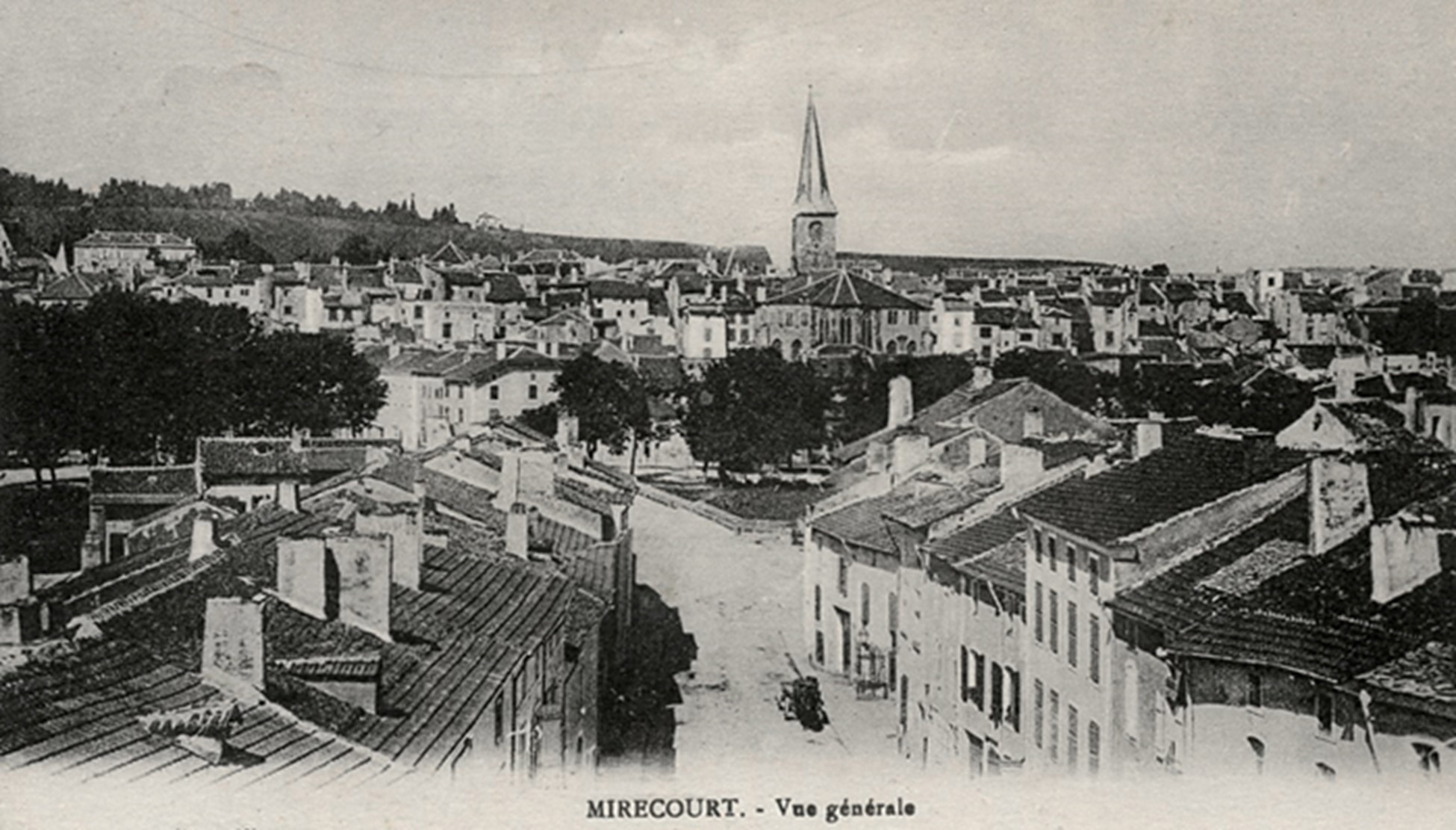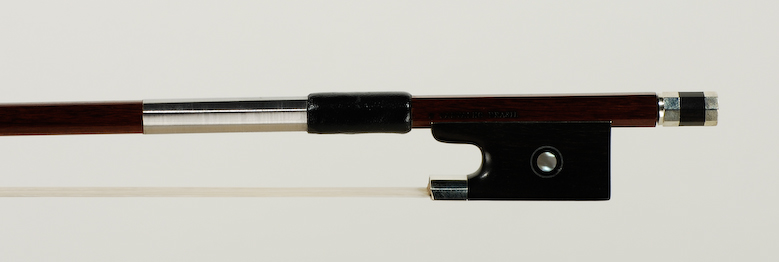Vuillaume A Paris – Mirecourt Trade Violin Bow circa 1920
$1,895.00
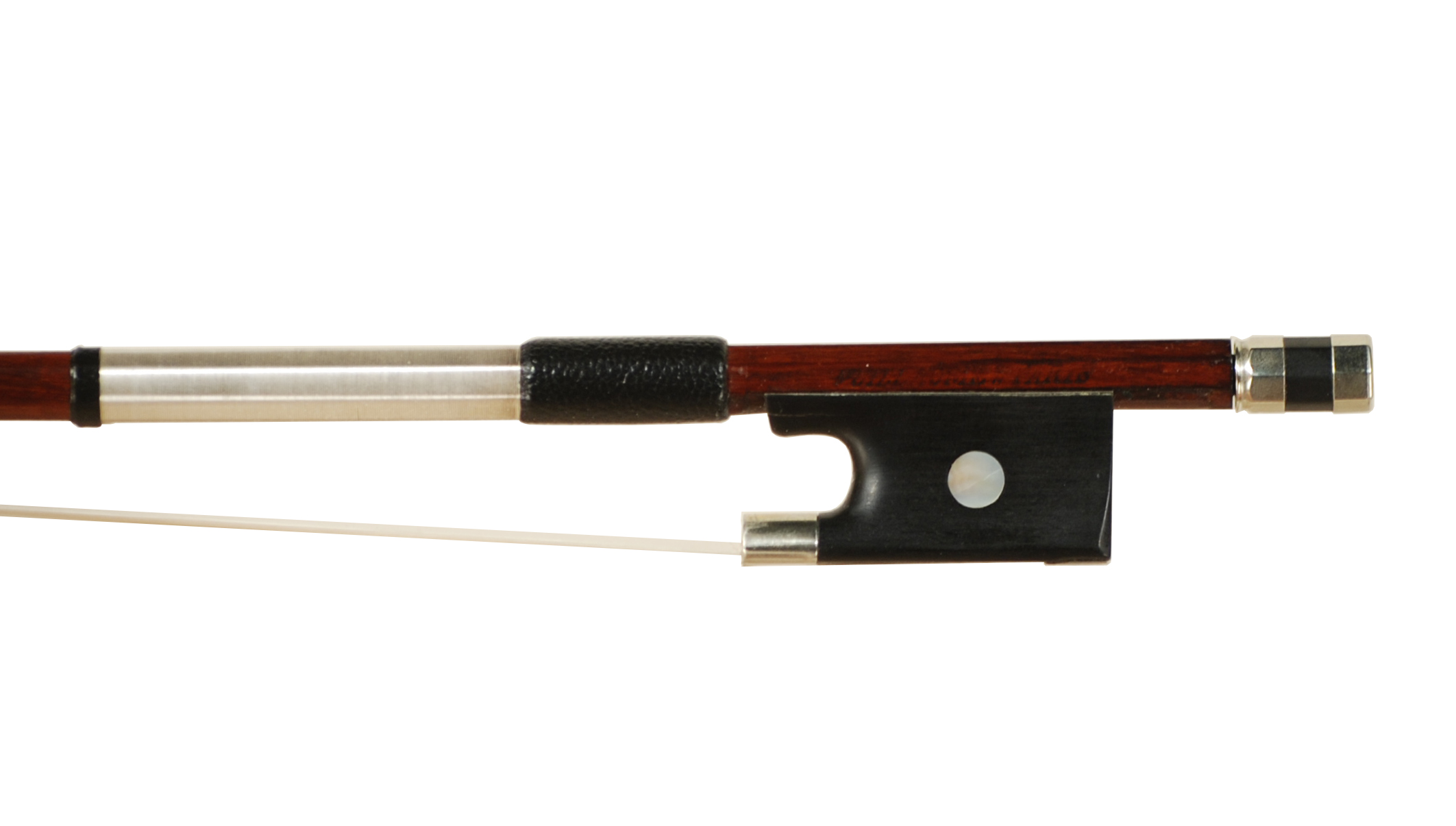
Stamped:
For players, bows were not always considered as important as they are today. At the start of violin making they were an afterthought, and most early bows were hastily constructed by violin makers. The future of bow making changed in the small city of Mirecourt in the 18th century. Located in the Northeast Vosges region of France, Mirecourt drove innovation in bow making and influenced violin shops from the Baroque period to the modern day.
In the mid seventeenth century the violin making art form was already thriving. By 1732, the Mirecourt luthiers were numerous enough to establish their own guild. The guild established quality controls for instruments, which encouraged Mirecourt violin makers to develop their skills to the highest possible level. The increased international trade of the 18th century allowed Mirecourt luthiers to have a decisive edge in the industry. The city became an important commercial center in France, and they had access to quality pernambuco wood that came from Brazil. By 1756 records show bow makers appearing in the city just as their own workshop and profession. Though many bows still remained anonymous and were not stamped with the maker’s brand, bow making was stepping into the forefront.
Over the course of the 18th century, bow making established itself as its own discipline at a very high level. Francois Xavier Tourte (1748-1835) put bow making on the map. Tourte was born in Paris, started as a clock maker as a young man, but his attention to detail and his inquisitiveness must have led him down the bow making path. By 1800 Tourte started his own bow making shop and it flourished. He drove the innovation of bow making as its own art form. Tourte responded to the changes in violinmaking and playing techniques by lengthening the sticks and creating a concave shape. His clock making skills led him to add and engineer the end screw tension device to the frog and ferrules not before seen. The result is he unlocked the colors of the instruments with his bows and truly modernized bows. The telltale sign if something is good in the violin world is the fact that musicians flocked to get Tourte’s bows. French bows still today have a following that is very high. This modernized bow movement carried over to the city of Mirecourt, where our bow was made. The story of Mirecourt bow making is really the story of French bow making. Although Paris remained the center of French commerce, its bow market was dominated by transplanted Mirecourt bow makers, fine journeymen, and apprentices that had their start in the small city, Mirecourt.
We have French violin bow from the J.T.L. workshop made early in the first third of the 20th century. The J.T. L. shop in Mirecourt was huge, having an entire separate division of bow makers working to produce nice sticks for their instruments. The bow is round in section, active as a stick, made of fine quality reddish-brown pernambuco, and is medium-strength with a soft, forgiving elasticity. The nickel silver mounted ebony frog is fitted with a mother-of-pearl eye and a three-part end screw. The head of the bow is nicely crafted and detailed. The balance point is 24.9 cm from the frog end and it feels to be in the middle of the lower half. The bow plays well and produces a clear, warm sound. We went over the entire bow and only had to replace the silver winding and leathers at the lapping and the thumb. Though I do not know who made the bow in the J.T. L. workshop, it is still as you can see, a part of bow making history and stick worthy to be a part of someone’s bow quiver.
Weight fully haired 59.4
